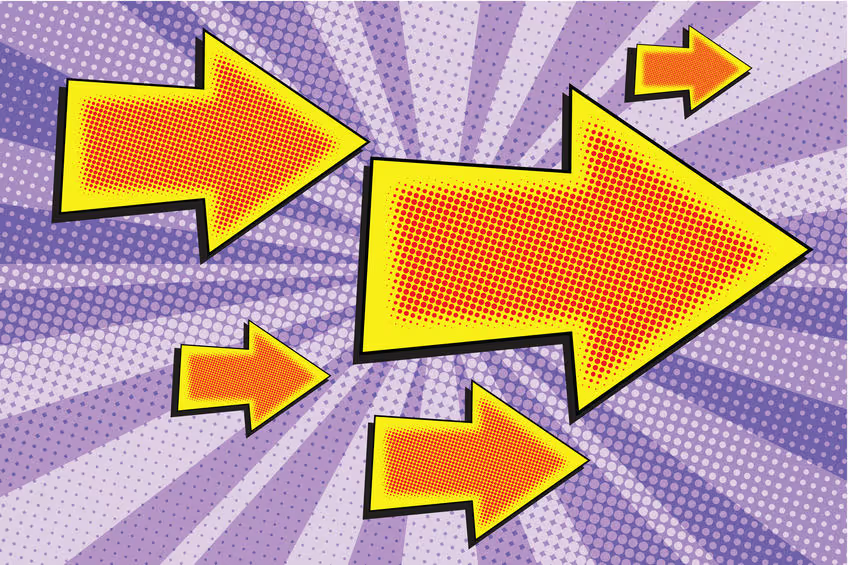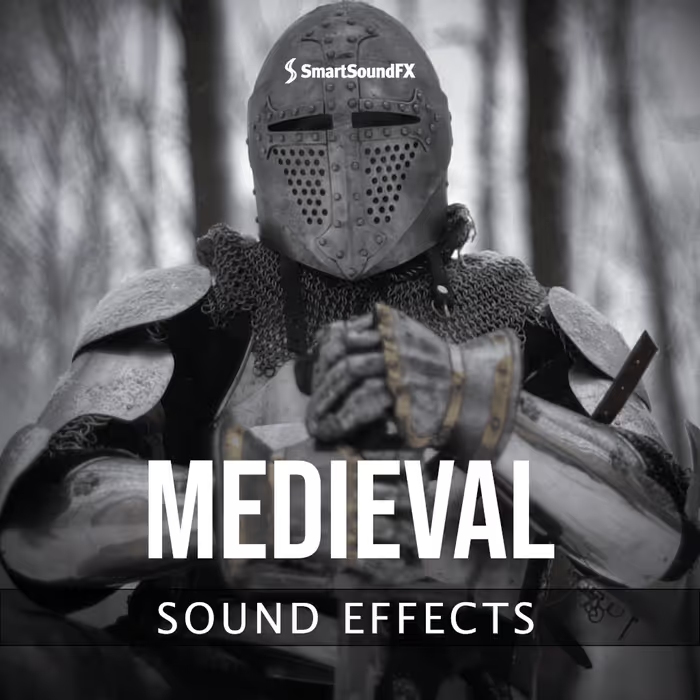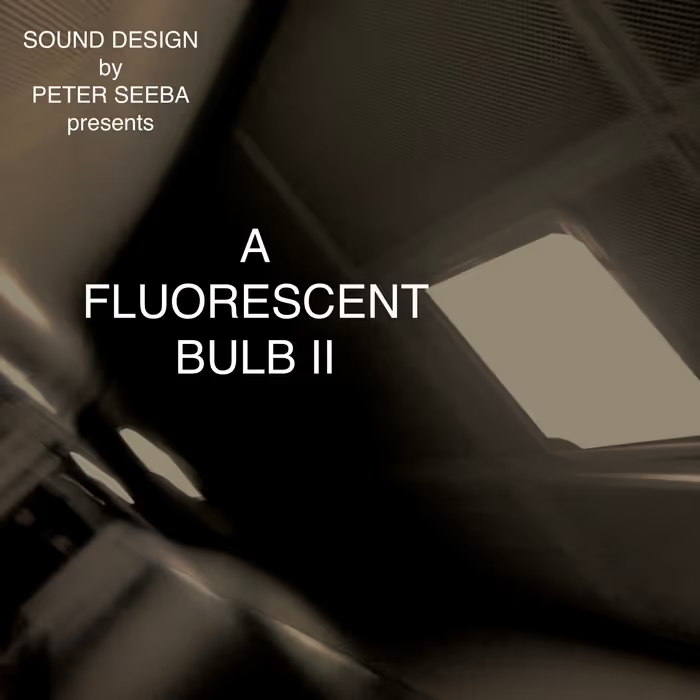But before you do, stop and think for a second: There are alternative approaches to outright working for free that you might want to consider.
In this guide by Ryan Ike, he shares 7 other tactics you could use if you want to the gig, but don't want to work for nothing. He's coming at it from a game audio composer's perspective, but many of his ideas will apply to other fields of audio work too.
Oh, and as a bonus, we spiced things up a little by adding 40+ more resources for succeeding in sound:
I spend a lot of time yelling about how game audio freelancers need to charge what you’re worth (and for many I’ve talked to, this is as high as 10x what you charge now). But if you really want the gig and the client doesn’t have the $$$, there are ways to compensate!
All of what follows falls under the idea that “it’s ok to work for free, but don’t work for nothing.” Money is ideal, but no matter what, you should be making sure you get some kind of fair value for your time and skill. Here are some options.
1. Revenue share: This should probably never be your first choice, but if they can’t pay, or can’t pay much, asking for a few percentage points off of the net revenue the game takes in is always a good idea. Keep in mind, this is likely to amount in Not Very Much Money. I got absurdly lucky with Gunpoint, my first major game. I got rev share on that in lieu of pay (the dev is wonderful, just didn’t have the budget). That game went #1 on steam for a good while, and I ended up making something like 200-250k off of it all told. But this is RARE.
If they can’t pay, or can’t pay much, asking for a few percentage points off of the net revenue the game takes in is always a good idea.
A game has to sell mega well for your rev share cut to be great or even good. Even games that are successful enough to pay the main team a decent wage and recoup costs won’t pay you much, only something selling like crazy will net you more than your outright rate.
That said, if you want to try it, a rough standard for an audio person is 10% (if taking only rev share). I often do 5% + a reduced rate if the client can pay some, but not all of what I’m asking.
2. Bonuses: Rather than a %, these are chunks of money paid out depending how well the game does. If a client can’t pay your rate, you can ask for them to pay the remainder in full if the game sells X copies or makes a certain profit threshold. Because this is risky as well, it’s good to ask for tiered bonuses to compensate you for that risk. If the game hits Y sales, you get an extra 30k. But if it hits Yx2 sales, you get another 30k. Yx3? Another thirty. That’s only one way to structure it, as an example. Remember, any payment method that revolves around you receiving some kind of compensation based on how well the game sells is risky af. This is video games; even objectively great games sell poorly all the time. You’re always taking a chance when you do this, but it’s worth a try.
[tweet_box]7 Sound Alternatives to Working For Free[/tweet_box]
3. Album rights: for compopsers at least, you can ask for the rights to the soundtrack album. This allows you to sell it and retain all the profits. Unless you’re Celeste, it rarely amounts to more than a few k if you’re lucky, but can be good if they can’t quite meet your rate. (you should kind of ask for this anyway, every time, even if they meet your rate, though. A lot of devs are fine with letting you hold onto it, especially because you do the work of spreading the OST around, which makes more folks aware of the game itself).
4. Access: this is a weird one, but if your potential client knows people at another dev studio or has a contact it’d be valuable to meet, you can ask for an introduction and for them to talk you up.
I’ve had multiple games that couldn’t pay very well, but which led me to games that could through the clients’ connections
I’ve had multiple games that couldn’t pay very well, but which led me to games that could through the clients’ connections.
Like all networking, you’re trying to make friends, so don’t be too aggressive with the third party. If you’re lucky, this can be a big career boost.
5. Reduced scope: Aside from getting something other than money from a client who can’t pay your rate, the other way to protect your worth is to just, uhh, do less. Can sound crappy at first glance. But if you can’t pay a painter their rate, they might offer one coat instead of 2. A wedding planner may offer to lose a few of the bells and whistles if her first ask is too much. Other contractors do it all the time, so should creatives.
This seems obvious, but a lot of audio people (me included) will accept a lower rate on a project we really like, but then do the same amount of work we would’ve done if we got our full rate.
The most successful freelancers in any field have one thing in common, and it’s that they value their time
That’s not great, even if you just really want to do the full score. If they want ~1 hour soundtrack, but they can only afford half your rate, offer a 30 minute score and target the most important parts of the game. Or offer less edits and revisions on SFX and music. Offer less complicated tracks, easier instrumentation, etc. It can feel (if you’re me) like you’re being a lazy hack who doesn’t want to work, but really you’re just valuing yourself and your skill and time, and that’s ok. The most successful freelancers in any field have one thing in common, and it’s that they value their time.
Related, but 6. Reduced Priority: Let the client know you’ll work for less $, but this means that you’ll often have to prioritize other clients (or potential clients) who can pay closer to your rate. If you’re a soft hearted midwestern doofus like me, this feels callous at first, but its’ about your own survival. If you’re spending $60k worth of your time on a game that only pays $20k, you’re scraping by and missing out on other opportunities that might pay you what you need. It’s ok to politely tell a client “hey, I can do it for this much, but I may often need to take on more clients total to keep the lights on. I’ll do good work for you, but can’t always put you first, is that cool?” I’ve had clients actually appreciate knowing this in advance!
7. Skill Trade: Finally, if your client has a skillset that you need, you can ask them to use it for you in return for working for less $. If they’re good at design, maybe they can make you a new website. Maybe you need album art. Or voiceover. If you can use what they do, trade!
I can’t stress enough that being paid in money and at your rate is almost always the ideal situation. But if you’re starting out and haven’t found games with the budget yet, or you just REALLY want to work on this game, there are options for you to still be valued in your work.
Ryan Ike is a composer and sound designer based in Seattle, WA, with work spanning games like Gunpoint, West of Loathing, and Where the Water Tastes Like Wine. Outside of making audio, he spends his time trying to help newcomers find their place in the game industry, and is passionate about making sure that game audio pros (and creatives in general) are getting the pay and respect they deserve. You can listen to his work here
Power Lists - essential audio resources and insights:
• The Sound Design Power List
• The Game Audio Power List
• The Film Sound Power List
Succeed in sound:
• How to Set (and Get) the Right Price for Your Audio Work
• 10 Essential Tips for Game Audio Freelancers
• How to be a successful sound designer – with Scott Gershin
• How To Actually Live as an Audio Freelancer – by Melissa Pons
• How to set your sonic creativity free & overcome creative inhibitions – by Mark Kilborn
• 5 Useful Tips for Upcoming Sound Designers and Sound Editors
• Sound Opinions: How to get game audio pricing right
• Building a successful audio post studio – with Kate Finan and Jeff Shiffman
• Rebuilding your studio: Goals, tips and lessons learned
• Creating audio for games – with Martin Stig Andersen
• A life in sound: How to foster creativity and protect yourself from burning out – with Chance Thomas
• Better audio work habits: How a Wacom Tablet can help reduce the risk of Repetitive Strain Injury (RSI)
• Better audio work habits: How a sit & standing desk can reduce your sedentary studio life
• Tips and thoughts on running your own audio post production house – with William McGuigan
• 30+ year audio veteran Andy Greenberg, on building client relationships in the advertising industry
• 7 Sound Alternatives to Working For Free
• Audio Outsourcing Success: Essential Tips, Thoughts and Working Practices from Adele Cutting
• How to succeed in UI/UX Sound Design, ADR Recording, & Audio Programming
• How to succeed in sound design for Film, Documentaries, and Trailers
• How to succeed in sound design for Games, Animation, and Television
• How to succeed in Field Recording, Foley, and Teaching Sound
• How to succeed in Audio Branding, Music Editing, and sound for VR
• How to succeed in Theater Sound Design, Podcast Sound Design, and Podcast Production
• How to succeed in Sound Editing, Sound for Advertising, and Production Sound
• How to succeed in Sound Editing, Sound for Advertising, and Production Sound
• The Composer Success Series: Composing for Film – ft. Pinar Toprak, Nainita Desai, & Jonathan Snipes
• The Composer Success Series: Composing for TV – ft. Charlie Clouser, Sherri Chung, & Cindy O’Connor
• The Composer Success Series: Composing for Theatre – ft. Elyssa Samsel, Kate Anderson, and Daniel Kluger
• The Composer Success Series: Composing for Games – ft. Inon Zur
• The ‘Quit Aspiring’ book – by Adam Croft
• How to get hired in game audio – thoughts and insights from your potential employer’s perspective
• Why gear is not the ticket to entry in the game audio community
• 4 Effective Ways to Break into Game Audio
• Tips for Creating a Perfect Resume for Audio Industry Jobs
• Yet Another Game Audio Hiring Article – by Ariel Gross
• 5 Tips for Getting a Job in the Audio Industry
• Applying for a job in game audio – by Matthew Florianz
• Freelance Game Audio: Getting Started and finding work – by Ashton Morris
• How to get started (and make it) in game audio – 10+ fundamental questions answered by Akash Thakkar
• Courses: How to network and get paid for your work in the game industry – by Akash Thakkar
• How to Craft a Perfect Cover Letter for Audio Industry Jobs
• Get the weekly Audio Jobs newsletter
• Join the Audio Jobs Facebook group
• Upload your demos to Soundcloud
• Upload your demos to ReelCrafter
• Find interesting audio events around the world
• Find other audio pros around the world
• How to prepare for – and power through – a layoff in the game audio industry, with Brian Schmidt:
• How to Survive a Game Audio Layoff – insights from Damian Kastbauer
• What it’s like to be laid off from your video game studio
• What To Do Before and After Being Laid Off
• Facebook Group: Survival Skills for Creatives
• How To Learn Game Audio Online – A talk with Game Audio Educator Leonard Paul
• Hear the very best podcasts about sound
• Read the 100s of sound stories and guides on the A Sound Effect blog (search for stories here)
• Browse Industry Data: Game Music and Sound Design Salary Survey Results
• Browse 100+ Sound Design Guides
• Find essential books about sound – for film, games and audio post production
• Get tips and ideas for making your own sound effects
• Use the Audio Events Calendar to find audio-related events around the globe
• Get a steady stream of great sound stories from the community
• Discover 1000s of sound libraries from the independent sound community
• Take online courses in Wwise, FMOD Studio, Unity, Pure Data & Unreal at the School of Video Game Audio
• Sound effects survey results: Here are 90+ ideas for new SFX libraries
• How to create an indie sound bundle
• The quick-start guide to adding sound FX library metadata






